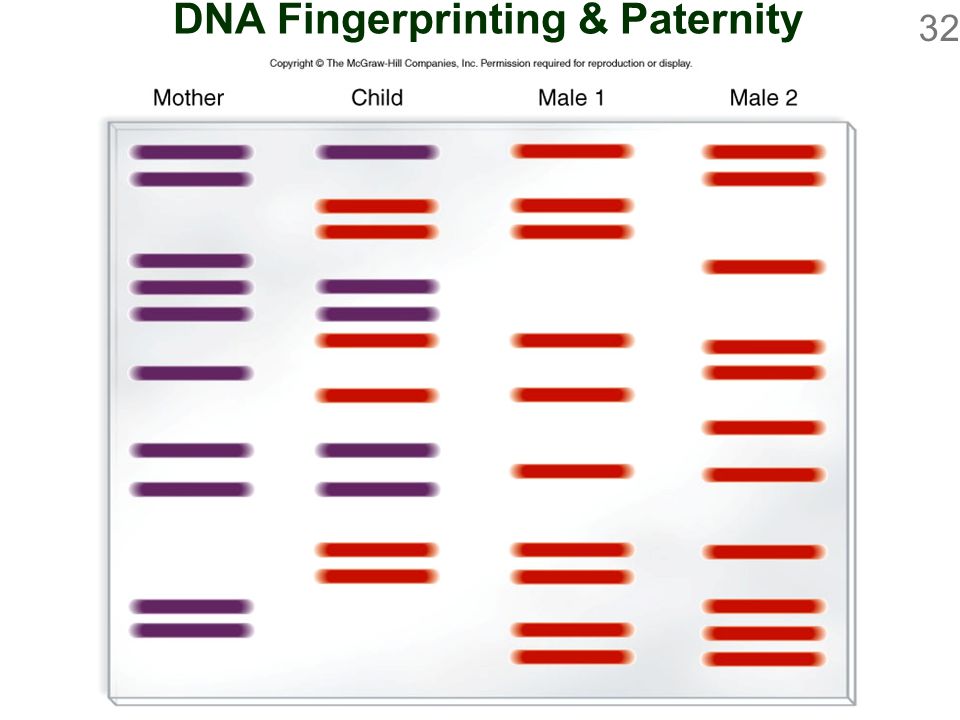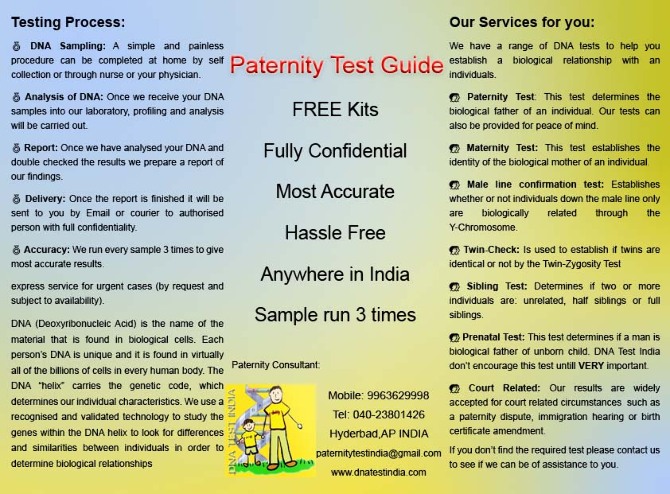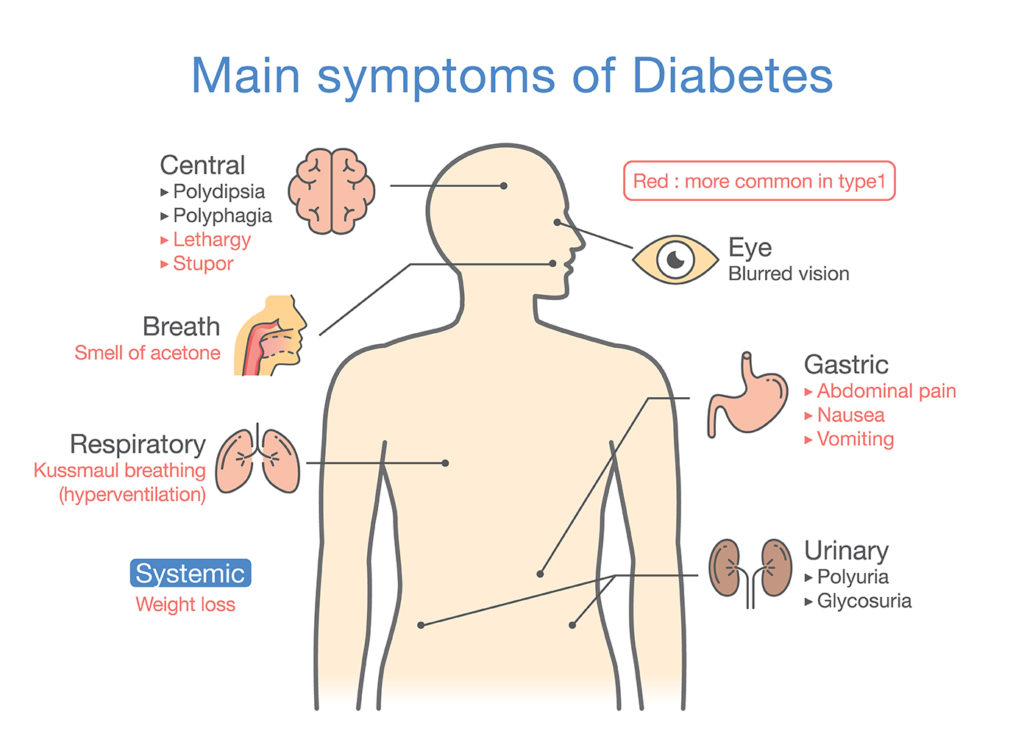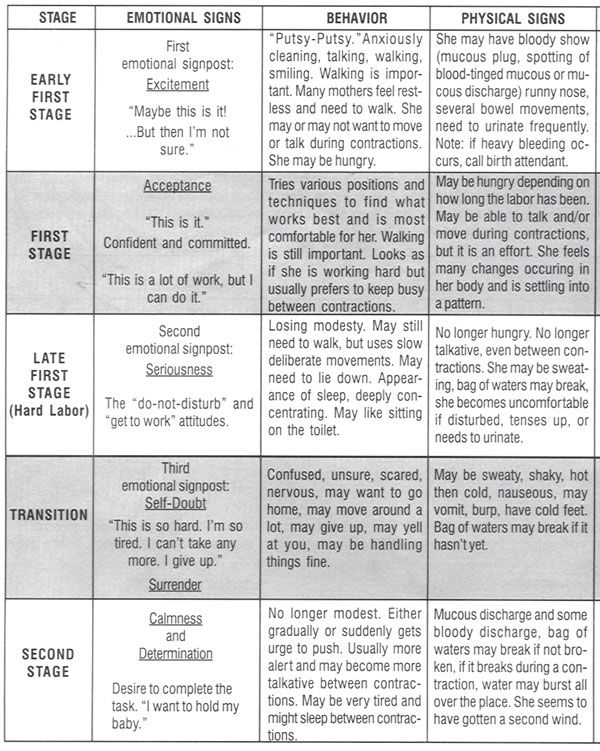How to determine the paternity of an unborn child
Paternity Testing While Pregnant: Is It Safe?
If you’re pregnant and have questions about the paternity of your growing baby, you may be wondering about your options. Do you have to wait out your entire pregnancy before you can determine the father of your baby?
While a postpartum paternity test is an option, there are also tests that can be conducted while you’re still pregnant.
DNA testing can be completed as early as 9 weeks along. Technological advancements mean there’s little risk to mom or baby. If establishing paternity is something you need to do, here’s what you should know about taking a paternity test during your pregnancy.
A paternity test determines a biological relationship between a baby and the father. It’s important for legal, medical, and psychological reasons.
According to the American Pregnancy Association (APA), determining paternity:
- establishes legal and social benefits such as inheritance and social security
- provides a medical history for your baby
- can strengthen the bond between father and child
For these reasons, many states in the United States have laws requiring a form that acknowledges paternity to be completed at the hospital following a baby’s birth.
Once the form is completed, couples have a designated amount of time to request a DNA paternity test for amendments to the form. This form is filed with the Bureau of Vital Statistics as a legally binding document.
Paternity tests can be performed during or after a pregnancy. Postnatal tests, or those done after a baby is born, can be completed through an umbilical cord collection after delivery. They can also be performed by a cheek swab or blood sample taken at a lab after the baby has left the hospital.
Waiting to establish paternity until delivery, while ensuring accurate results, may be difficult for you and the alleged father. There are several paternity tests that can be conducted during pregnancy.
Noninvasive prenatal paternity (NIPP)
This noninvasive test is the most accurate way to establish paternity during pregnancy. It involves taking a blood sample from the alleged father and the mother to conduct a fetal cell analysis. A genetic profile compares the fetal cells present in the mother’s bloodstream to the alleged father’s. The result is more than 99 percent accurate. The test can also be performed after the 8th week of pregnancy.
The result is more than 99 percent accurate. The test can also be performed after the 8th week of pregnancy.
Amniocentesis
Between weeks 14 and 20 of your pregnancy, an amniocentesis test may be performed. Typically, this invasive diagnostic test is used to detect neural tube defects, chromosome abnormalities, and genetic disorders.
Your doctor will use a long, thin needle to take a sample of amniotic fluid from your uterus through your abdomen. The DNA collected will be compared to a DNA sample from the potential father. Results are 99 percent accurate for establishing paternity.
Amniocentesis carries a small risk of miscarriage, which can be caused by premature labor, your water breaking, or infection.
Side effects of this procedure can include:
- vaginal bleeding
- cramping
- the leaking of amniotic fluid
- irritation around the injection site
You’ll need your doctor’s consent to have an amniocentesis performed solely for the purpose of paternity testing.
Chorionic villus sampling (CVS)
This invasive diagnostic test also uses a thin needle or tube. Your doctor will insert it into your vagina and through the cervix. Using ultrasound as a guide, your doctor will use the needle or tube to collect chorionic villi, small pieces of tissue that are attached to the uterine wall.
This tissue can establish paternity because the chorionic villi and your growing baby have the same genetic makeup. The sample taken through CVS will be compared to DNA collected from the alleged father. There’s a 99 percent accuracy rate.
A CVS can be performed between weeks 10 and 13 of your pregnancy. You’ll need a doctor’s consent when it’s done to establish paternity. Like amniocentesis, it’s typically used to detect chromosome abnormalities and other genetic disorders. Unfortunately, 1 in every 100 CVS procedures will result in miscarriage.
Some women wonder whether paternity can be established by trying to pinpoint a date of conception. It’s difficult to accurately determine when conception took place because most women ovulate on different days from one month to the next. Plus, sperm can live in the body for three to five days following intercourse.
It’s difficult to accurately determine when conception took place because most women ovulate on different days from one month to the next. Plus, sperm can live in the body for three to five days following intercourse.
If you had intercourse with two different partners within 10 days of one another and became pregnant, a paternity test is the only way to accurately determine which man is the father.
Depending on the type of procedure you choose, prices for paternity tests vary between several hundred and several thousand dollars.
Typically, it’s less expensive to test for paternity before the baby is born because you avoid additional doctor and hospital fees. You can inquire about payment plans when you schedule your paternity test.
Don’t trust your paternity test to just any lab. The American Pregnancy Association recommends paternity testing from labs that are accredited by The American Association of Blood Banks (AABB). These laboratories have met stringent standards for test performances.
You can check the AABB website for a list of accredited laboratories.
A:
Answers represent the opinions of our medical experts. All content is strictly informational and should not be considered medical advice.
Share on Pinterest
Non-Invasive Paternity Test | American Pregnancy Association
The most recent government statistics show that 40.3% of all births in the United States are to single mothers. Additionally, a married woman may be unsure about whether or not her husband is the biological father of her child. If you are a woman who falls into either of these categories, rest assured you’re not alone, a non-invasive prenatal paternity test, also known as a DNA test may be what you need.
If you want or need paternity answers, they are readily available—even while you’re still pregnant—thanks to advancements in DNA science. Here is an overview of everything you need to know about (NIPP) or non-invasive prenatal paternity testing that you can take before birth.
Top 5 Reasons Why a Paternity Test While Pregnant Might Be The Right Choice
- Not knowing who the father of your child is can be stressful, and waiting till after the baby’s born to get a DNA test means months of worry.
- Knowing ahead of time can help you make decisions about your romantic and family relationships before the baby’s birth instead of afterward when life gets considerably more complicated.
- In anticipation of the birth of your little one, you may want the biological father involved in helping you through the pregnancy itself (attending childbirth classes, buying furniture and clothes, etc).
- If you know who the biological father is before the baby’s born, you can have some or all of your legal ducks in a row ahead of time, if necessary—for child support, custody, and more.
- You can be confident that the right person is with you in or waiting outside of the delivery room when the big moment arrives.
Science Behind Non-Invasive Prenatal Paternity Testing
The test can be performed as early as the 7th week of pregnancy, meaning you can choose to confirm who the father is nearly immediately after your pregnancy is confirmed. Unlike outdated methods for determining paternity like amniocentesis or a CVS (Chorionic Villus Sampling) test that can cause a miscarriage, a prenatal DNA is completely non-invasive and safe for both mother and fetus.
Unlike outdated methods for determining paternity like amniocentesis or a CVS (Chorionic Villus Sampling) test that can cause a miscarriage, a prenatal DNA is completely non-invasive and safe for both mother and fetus.
How Non-Invasive Testing Works
- DNA is collected from the mother with a simple blood draw, and DNA is collected from the possible father using a cheek swab
- Both samples are then sent to the lab for analysis
- The test analyzes free-floating fetal DNA from the mother’s plasma and compares it to the mother’s own DNA profile
- Once the fetus’s profile is determined, that profile is then compared to the possible father’s and paternity can be determined
- Results for the prenatal paternity test are generally returned in about one (1) week, once testing has begun. If the man tested is determined not to be the biological father, then the report shows a 0% probability of paternity. If the man tested is considered to be the biological father, the report shows a 99% or greater probability of paternity
IMPORTANT: If you are carrying twins, doing a prenatal paternity test is not possible, since there is free-floating DNA from both fetuses in the mother’s bloodstream and current technology does not permit the lab to isolate each fetus’s profile separately.
Selecting a Lab For Non-Invasive Prenatal Paternity Tests
Like any other important diagnostic service, it’s important to remember that not all labs who do a paternity test before birth are created equal, so be sure to do some research and compare before making a choice!
What To Look For In a Lab:
- An accuracy guarantee: Make sure the lab stands behind its results
- Full accreditations along with an excellent reputation in the industry: Your prenatal paternity test results are too important to leave to chance—be sure the lab maintains extensive, current accreditations with important independent lab-oversight programs such as the AABB
- Tests that are consistently updated: With improvements in DNA technology, and updates to existing tests, ensure the
- Utilizes the latest and best technologies to give you the most accurate results
- Caring and professional support before, during, and after your test: Getting a DNA test isn’t hard, but it can be an emotional process.
 Having the support of a highly-trained and sympathetic customer care team who can answer all your questions knowledgeably and help you feel comfortable makes a big difference
Having the support of a highly-trained and sympathetic customer care team who can answer all your questions knowledgeably and help you feel comfortable makes a big difference - Beware of too-good-to-be-true pricing: This is one of the most important tests you may ever take, and you really do get what you pay for. So don’t let price be the only determining factor in making your decision
Is NIPP Testing Right for you?
Women have more accurate, accessible, and affordable options than ever when it comes to paternity testing. Which is right for you? The choice is yours.
DNA Diagnostics Center is a corporate sponsor of the American Pregnancy Association. DDC is the only testing facility that provides a non-invasive prenatal paternity test accredited by AABB. You may contact them at 1-800-798-0580.
Want to Know More?- Paternity Testing
- Single Parenting
- My Girlfriend is Pregnant
"Who is the Father?" – Family Clinic
Sometimes there are situations when a pregnant woman cannot determine from which man her unborn child is conceived.
"How do I know who I'm pregnant with?" This question is often asked on women's forums.
We will tell you about the most popular ways to determine paternity.
1. Obstetric method. Helps determine paternity before the baby is born. Find out when a woman ovulated. To do this, remember the date of the first day of your last menstruation and count from it 14 days ago. The date calculated in this way, plus or minus 1-2 days, is the most favorable period for conception when you could become pregnant. Also remember that some spermatozoa can survive in a woman's body for up to 7 days. It turns out that you became pregnant during the week before ovulation - ovulation. Whoever you had sex with at this time is probably the father of your unborn child. But this method is very unreliable. The menstrual cycle is very individual, there may be failures and delays. Ovulation could well have occurred a little earlier or a little later than usual, and you cannot know this for sure, therefore, there is a high risk of incorrectly calculating the favorable period for conception.
2. Ultrasound diagnostics. Another method by which you can find out from whom a woman is pregnant is to conduct research on the expected date of conception and on the expected date of birth. The date of conception is determined by ultrasound at a period of 10-14 weeks. Knowing this date, you can guess who the father of the child is. Also, a study on the expected date of birth will help determine the father. When the date of birth is known, it must be counted from it 38 weeks ago. So you get the date of conception and you can understand who the possible father of the baby is.
3. Blood group. They also try to determine the father by blood type. So, if the blood types of the alleged fathers are different, then the child can inherit one of them. However, relying heavily on this method is also not worth it: the blood type of the child is also affected by the mother's blood. There are also cases when the father, mother and child have completely different blood types, this also happens.
4. Phenotypic method. When a child is born, parents and relatives try their best to find outward resemblances to the father and mother in it, so many also consider this method of determining paternity. Of course, such observations and searches for similarities in appearance are very subjective, so this method cannot be trusted.
5. DNA test to determine paternity. It is 99.99% accurate (leave 0.01% for error). It is possible to decide whether a man is the biological father of a child during pregnancy. Thanks to advanced technology in the field of fetal DNA research, the non-invasive prenatal test provides examination results with high accuracy. The results of this examination are a weighty argument in court.
In our clinic, you can donate blood for analysis daily from 7:00-11:00. We can provide you with the results by email. We guarantee strict confidentiality.
Also here you can make an analysis on:
• ESTABLISHING MOTHERHOOD
• ESTABLISHING A CLOSE RELATIONSHIP (when the alleged father of the child cannot participate in the study, and the grandparents have expressed a desire to find out whether there is a genetic relationship between them or not).
• IDENTIFICATION TEST (identification of a person after his death)
• TWIN DNA TEST (determining whether twins are fraternal or identical).
• FAMILY / STEP BROTHER / SISTER (used to determine the blood ties between two relatives and more. DNA test for relationship is aimed at confirming or refuting the biological relationship between sisters or brothers).
• DNA TESTING OF THE Y-CHROMOSOME (Which gender the unborn child will be, male or female, determines which sex chromosome was given to him by the father during the fertilization of the egg - Y or X.
• TREATY TEST
Determination of paternity during pregnancy
A few decades ago determining paternity during pregnancy seemed like something out of fantasy. From this it follows that, according to statistics, every sixth man on earth is raising a child who is not his own and does not even know about it. By the way, recently, scientists managed to refute this fact, but the percentage of people who are deluded about their relationship with their own children is extremely high.
In the past, to conduct prenatal genetic testing, scientists had to use invasive techniques to obtain samples suitable for research. Cord blood samples, amniotic fluid sampling, placental biopsy - all this created a huge risk for the mother, affected the development of the fetus and could lead to sudden termination of pregnancy. Modern tests are absolutely safe, painless and do not pose a threat to health, because. are based on maternal blood.
Is it possible to determine the father of a child during pregnancy?
Antenatal genetic testing available from 7-9 weeks after conception. After all, it is during this period that the level of fetal DNA, fragments of fetal cells, increases in the blood of a pregnant woman. The ability to isolate specific markers and compare the information obtained with the data of the alleged father shows high efficiency: in 8 out of 10 cases, the accuracy of the test reaches 99.999%. To eliminate errors and inaccuracies, several tests are carried out with different time intervals.
Non-invasive prenatal test may be required in case of:
- Need to establish/deny biological relationship;
- Doubts about who exactly is the father of the unborn child;
- Need for official documents;
- Dealing with issues related to inheritance, appointment of alimony, registration of guardianship in case of unforeseen situations.
In addition, based on the information received in as a result of the study of biomaterials, it is possible to establish:
- Gender of the unborn child;
- Presence/absence of chromosomal abnormalities, pathologies;
- Predisposition to hereditary diseases.
Test NOT PERFORMED in case of multiple pregnancies, in the presence of family ties between the alleged fathers, in the absence of standard samples for examination, in IVF or surrogacy.
Procedure details
In addition to standard samples from the mother, the biomaterial of the alleged father will be needed for the examination: scrapings of the buccal epithelium (smear from the oral cavity) or 6-8 ml of venous blood can serve as materials for the study.












